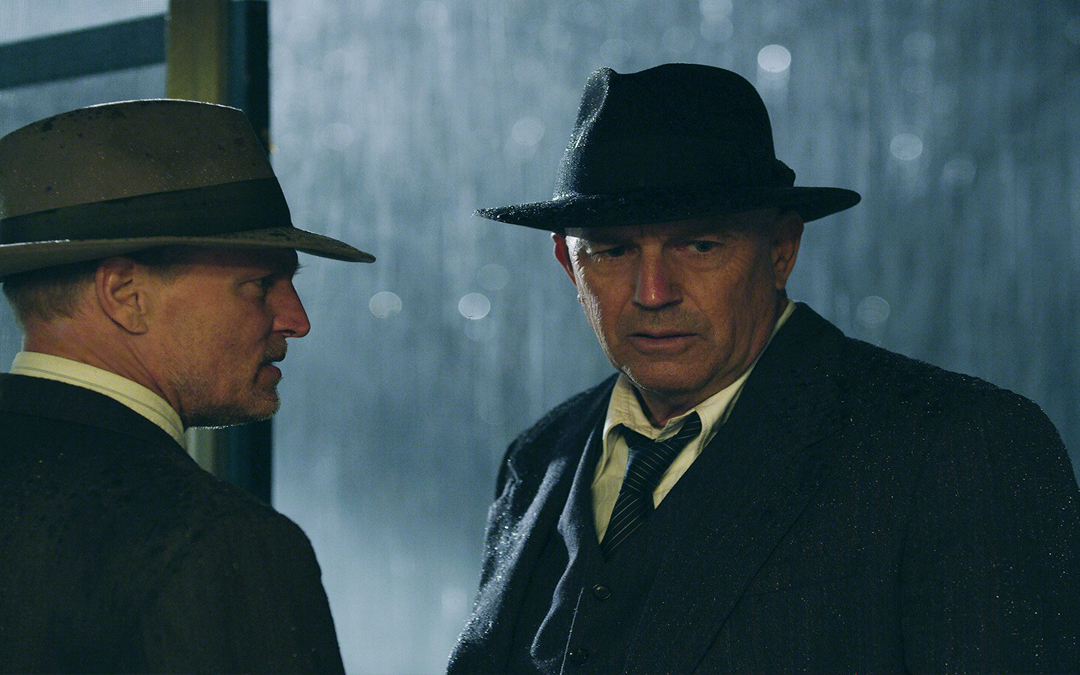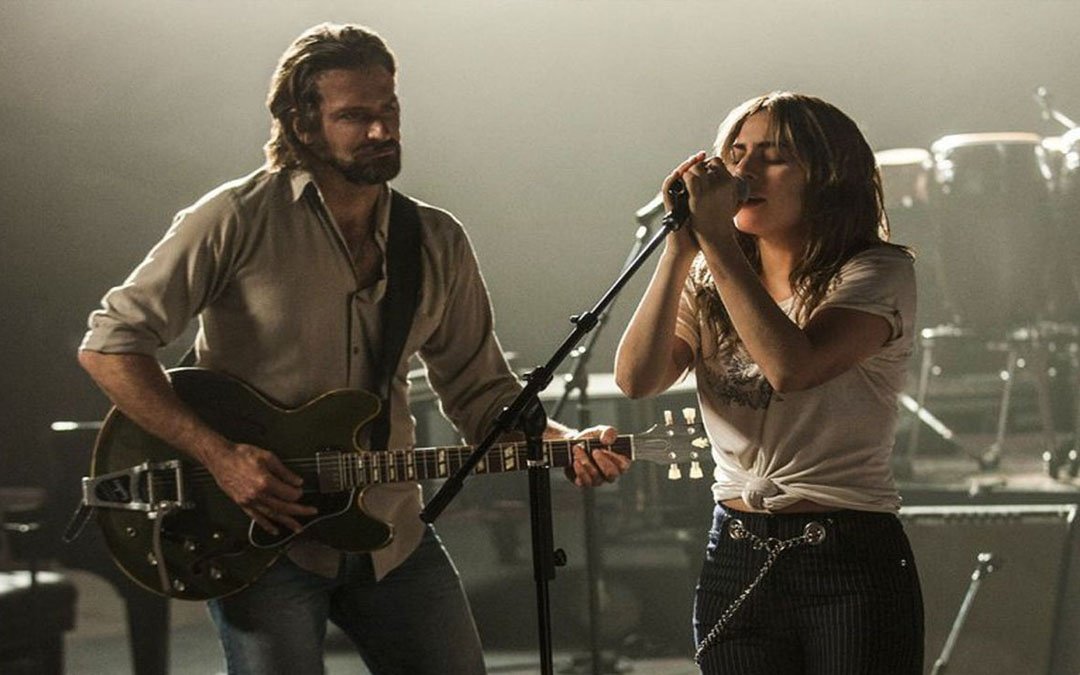All the Write Moves: 'The Old Man & the Gun'
October 15, 2018
| Photo courtesy: Fox Searchlight Pictures |
He’s already backed off the promise, but prior to the release of the new low-key character study The Old Man & the Gun, Robert Redford claimed this was to be his final movie role after nearly 60 years of onscreen acting. Therefore, it’s impossible to watch The Old Man & the Gun as simply a playful meditation on the colorful experiences of a real-life criminal. The picture was designed as the swan song for a Hollywood legend, so it’s a ripe subject for study on how screenwriters can address aging and the special tether connecting audiences to beloved actors.
Redford plays Forrest Tucker, who committed a string of robberies while in his seventies, making impressions on his victims by displaying courteous manners. In writer-director David Lowery’s interpretation, which is based upon a magazine article by David Grann, the protagonist comes across not as a ruthless public enemy, but as a soulful iconoclast with an unusual hobby.
Run, Forrest, run
One could reasonably question whether Lowery made the right decisions in terms of what passages from Forrest’s life to put onscreen and which to dismiss by way of brisk references. Does the script devote too much time to minor scenes depicting the home life of detective John Hunt (Casey Affleck), Forrest’s main pursuer? And seeing as how Forrest robbed more than 80 banks, should more of those crimes have been shown in detail?
Since these considerations are subjective, perhaps the only useful measure is cumulative effect — for those who enjoy the ride of The Old Man & the Gun, the journey hits all the necessary stops. For those who don’t, the trip probably seems aimless and slow. The point is that Lowery faced a more difficult job than might seem obvious. Superficially, The Old Man & the Gun tells a very simple story. But what’s the best way to put 80 robberies onscreen?
Although an adrenalized approach might have worked, it’s obvious that The Old Man & the Gun wasn’t conceived as a typical on-the-run picture. It’s more of an on-the-walk picture. While certain scenes depict Forrest doing the usual things one expects to see in this context — driving fast and evading police, as examples — Lowery is more interested in the look on Forrest’s face at the very moment a robbery (or an escape) is going well. That’s why The Old Man & the Gun isn’t actually the story of a character running from something. Instead, it’s a story about a character running toward something. Namely, euphoria.
It’s debatable whether Lowery was completely successful at this inversion of narrative expectations, but anytime a filmmaker tries to do something clever and different and new — for meaningful story reasons instead of just showing off — the effort itself is admirable.
Takeaway: Don’t be afraid to invert genre expectations
Behind blue eyes
Early in the film, Forrest encounters Jewel (Sissy Spacek), a woman of a certain age who is stuck on the side of a highway with a busted truck. He offers her a lift, beginning a charming golden-years courtship that, at least as far as viewers are shown, never advances beyond a warm kiss. The physical distance in the relationship parallels a sort of emotional distance; even though the two fall into something very much like love, Forrest doesn’t reveal his true identity to Jewel until the film’s final act. Or does he?
In a quintessential Redford scene, Forrest confesses his secret to Jewel during their first meal together, right after banter affirms the encounter has become a date. He slides her a note bearing words to the effect that he’s a bank robber. She doesn’t press the issue until quite some time later, when she discovers a gun stashed in his glove compartment. Lowery plays coy with the question of whether Jewel practices conscious denial or simply can’t accept obvious truth. This nuance resonates for many reasons.
For one, it’s a rich vein of characterization, allowing for questions and surprises and tension. For another, it creates a symbiotic relationship between the film’s leading role and the film’s leading man. In nearly all of his best roles, Redford plays unknowable men. There’s always been a part of Redford that is only for Redford, even though audiences have spent decades probing the mysterious oceans of those famous blue eyes.
Lowery nails this aspect of The Old Man & the Gun right after Forrest slides the note to Jewel. Gauging her skeptical reaction, Forrest switches gears by saying he’s kidding, and that he’s not, in fact, a bank robber. Jewel can’t figure out what to do next, so Forrest asks, “what’d be worse, if I was lying to you or telling the truth?” That’s the Redford mystique, perfectly channeled into Lowery’s romantic vision of the Forrest Tucker mystique. Very often, the less you explicitly reveal about a character, the more you implicitly reveal.
Takeaway: Let your characters keep some secrets private
Watch where you wink
The final act of The Old Man & the Gun features a fleeting but powerful visual reference to one of Redford’s most iconic roles (no spoilers here). Lowery handles the moment gracefully — it’s the button at the end of a sweet scene so the reference lands with the desired impact, but it’s not the picture’s final note, so it doesn’t reduce The Old Man & the Gun to a nostalgia trip.
Winking to an actor’s past is a tricky business. Done wrong, it can erase whatever illusion the actor is trying to create in his or her current role, while also unhelpfully drawing comparisons to earlier, perhaps better, work. Done right, such references deepen cinematic experiences. Think of how Clint Eastwood’s role in Gran Torino (2008) referenced the way violence permeates Eastwood’s screen persona — thereby making Gran Torino a meaty statement about vigilantism. The late Burt Reynolds made even more overt references to his cinematic past in writer-director Adam Rifkin’s The Last Movie Star (2017), which features CGI-enabled scenes of aging Reynolds sharing dialogue with his younger self.
The method used in The Old Man & the Gun feels just about right. One simple reference to an earlier film provides an emotional hit to viewers who get the joke, but it’s not so distracting as to take those unfamiliar with the earlier film out of the current cinematic experience. And if someone left befuddled by that moment asks around to learn what the reference meant, thus discovering a classic picture with which they were previously unfamiliar, so much the better.
Takeaway: Tread carefully when making in-jokes
Written by: Peter Hanson
Peter Hanson is a Los Angeles-based writer, filmmaker and teacher. He directed the screenwriting documentary Tales from the Script, and he teaches at Pepperdine University and UCLA Extension. He provides script consulting at www.GrandRiverFilms.com.- Topics:
- Discussing TV & Film




